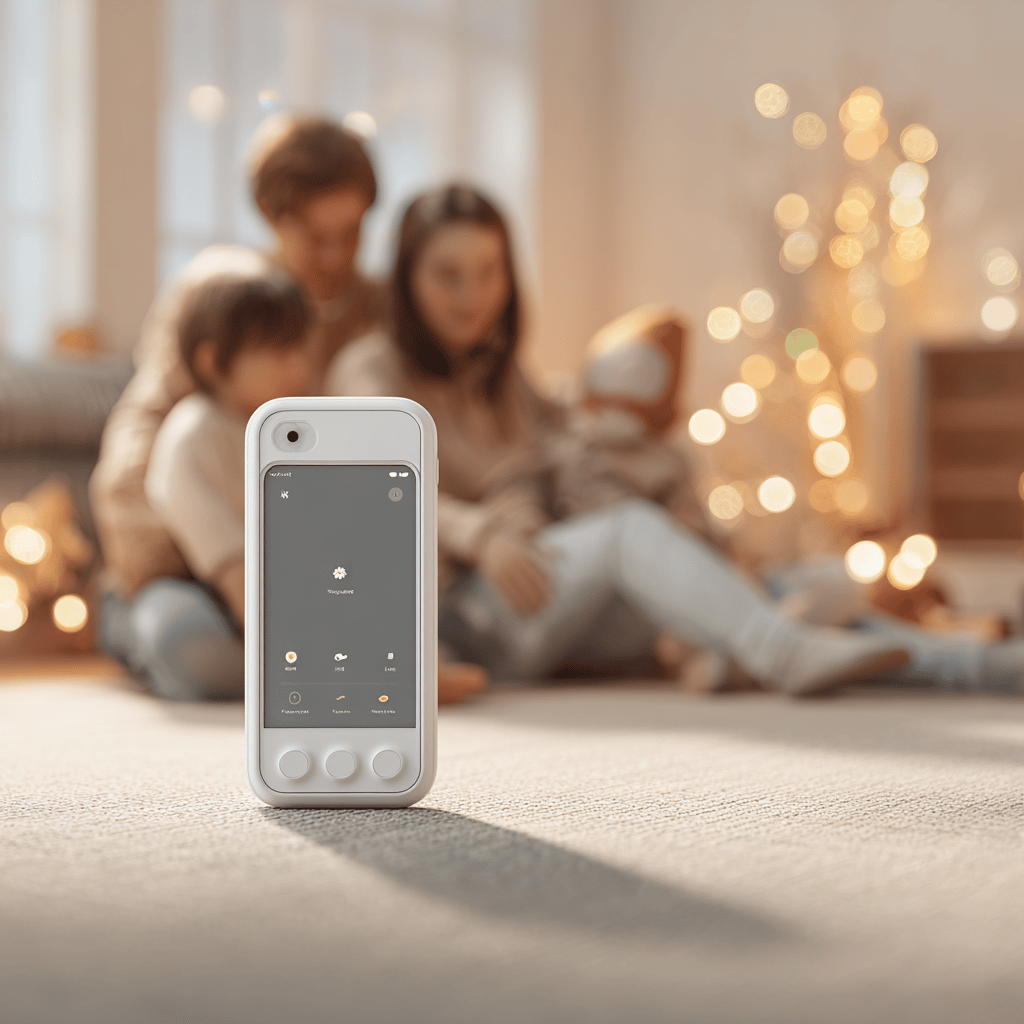For several years, TCL has been experimenting with the unique concept of smartphones equipped with display technology inspired by the look and feel of E Ink. While this approach has long been available in the company’s Nxtpaper product lineup, it has taken TCL a surprisingly long time to fully recognize that an especially receptive audience for this innovation would be parents seeking healthier digital habits for their children. That oversight has finally been addressed with the introduction of the Nxtpaper 5G Junior—a smartphone carefully designed with young users in mind. This new device will debut in Europe with its central emphasis on preserving eye health and moderating screen time, and it will be released in parallel with a more consumer-oriented model, the Nxtpaper 60 Ultra.
The Nxtpaper 5G Junior was officially presented to the public at the IFA technology trade exhibition, a global showcase often used as a stage for significant product announcements. Nevertheless, consumers will need to exercise patience, as retail availability in European markets will not begin until December. Once launched, the phone will be priced at £159 or €249, which equates to approximately $250. Each unit will additionally be bundled with a protective case to guard against drops or scratches, demonstrating the company’s awareness of the practical challenges of designing a phone for children. At present, TCL has clarified that there are no immediate intentions to make the device available to customers in the United States.
A major attraction of the Nxtpaper series has consistently been its screens, and the 5G Junior continues this tradition. The phone includes a dedicated physical button that enables what TCL calls Max Ink Mode. When activated, the display instantly transforms from a standard full-color presentation into a simplified monochrome setting with a matte finish that mimics the paper-like aesthetic of traditional E Ink displays. This mode is deliberately optimized to be easier on the eyes and is thus more comfortable for long-form reading sessions. Parents will find an added benefit: screen supervision is not limited to a strict on-or-off dichotomy but now allows for a more nuanced middle ground. Children can still use the device, but in a low-stimulation, less game-friendly state that makes it far from ideal for demanding, fast-paced titles such as Fortnite. This careful compromise both reduces eye strain and simultaneously extends the time between battery charges—an outcome that blends health considerations with technological efficiency.
Beyond the screen, TCL has built a suite of tools to further appeal to families. The smartphone integrates parental controls powered by Google’s Family Link framework, granting guardians an array of management options that range from monitoring app usage to limiting available screen time. To reinforce healthier digital behavior, the device also includes a feature called Digital Detox Mode, encouraging balanced use of technology and moments of rest away from the screen. In an effort to make the phone more engaging and relatable for young users, TCL has introduced the AI Genius Squad, a cast of brightly designed characters with an animated, child-friendly appearance. Even if their visual style could be compared to an imitation of a modestly produced animated film, their purpose is to provide a friendly face to features designed for children.
Despite its intentional design for younger audiences, the Nxtpaper 5G Junior comes with at least one drawback: its physical size. With a 6.7-inch display, plus the added bulk of its included case, the device may feel cumbersome for smaller hands. This poses a challenge for children accustomed to more lightweight devices. Nevertheless, the phone compensates with notable specifications, such as a generous internal storage capacity of 256 gigabytes, which ensures ample space for applications, photos, and games, along with a dual-camera system on the rear for capturing casual snapshots or videos.
In addition to this child-oriented release, TCL is unveiling another entry in the same family: the Nxtpaper 60 Ultra. Unlike the Junior edition, this model embraces a broader market of general consumers and has the distinction of being the very first smartphone to incorporate TCL’s latest generation display technology, Nxtpaper 4.0. This iteration has been engineered to further reduce glare and minimize display flicker, thereby elevating visual comfort for longer periods of use. Physically, the device is even larger than the Junior, boasting an expansive 7.2-inch screen. It also features a triple-lens rear camera system, complete with a 50‑megapixel telephoto sensor capable of delivering higher-quality portrait or zoomed-in photographs, which places this variant firmly in the premium category. Complementing this technical package is optional stylus support, aimed at productivity-minded users or those interested in artistic digital creation. Available immediately in Europe priced from €449 (around $525), it will also reach customers in Asia and Latin America.
Together, the Nxtpaper 5G Junior and Nxtpaper 60 Ultra demonstrate how TCL is diversifying its approach to smartphone design. While the Ultra seeks to attract mainstream buyers who desire cutting-edge display technology and advanced imaging, the Junior explicitly targets digital wellness for children, offering parents a tool to manage modern challenges of screen dependence. In doing so, TCL is presenting not only new devices but a clear narrative: technology need not be adversarial to health and family life, but can, when thoughtfully designed, become an ally in fostering balance, safety, and mindful usage.
Sourse: https://www.theverge.com/news/768556/tcl-nxtpaper-5g-junior-ifa-e-reader-kids-phone



